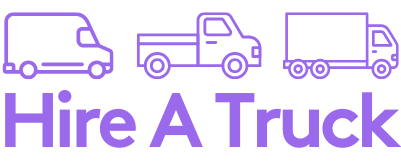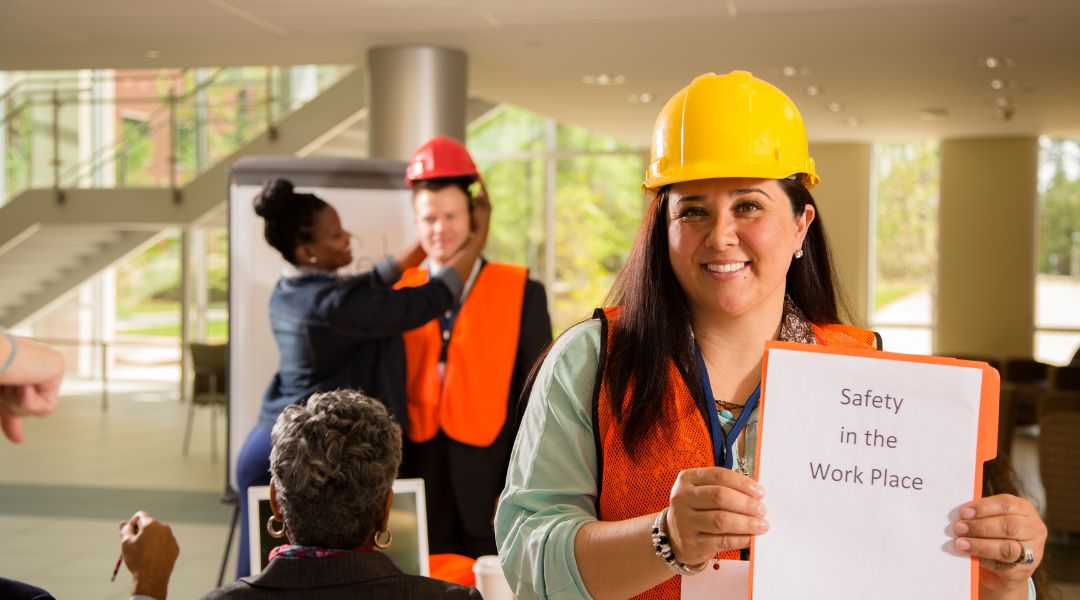Construction sites can be high-risk environments, with hazards ranging from falling debris to heavy machinery accidents. Whether you’re a site supervisor, tradesperson, or new apprentice, understanding and following safety protocols is essential to protecting yourself and your team. The cornerstone of workplace safety is the proper use of personal protective equipment (PPE) and strict adherence to site safety procedures.
In this guide, we’ll cover the key PPE every worker should wear, common site hazards, and practical tips to ensure you go home safely every day.
1. The Hierarchy of Control: Beyond Just PPE
Before discussing PPE, it’s crucial to understand the Hierarchy of Control, the fundamental principle of Australian WHS. This framework prioritises methods to eliminate or reduce risk, with PPE being the last resort.
- Eliminate: Remove the hazard entirely (e.g., using a pre-fabricated part instead of building at height).
- Substitute: Replace a dangerous material or process with a safer one (e.g., using a non-toxic paint).
- Isolate: Separate the hazard from people (e.g., using fences or exclusion zones).
- Engineering Controls: Redesign equipment or processes to reduce the risk (e.g., installing a guardrail).
- Administrative Controls: Implement safe work procedures (e.g., Safe Work Method Statements or toolbox talks).
- Personal Protective Equipment (PPE): The last line of defence, used when other controls are not sufficient.
2. Essential PPE for Australian Construction Sites
Below is a breakdown of the most common PPE used on Australian construction sites, with a focus on compliance with national standards.
- Hard Hat: A hard hat protects against falling objects and head injuries. It must comply with AS/NZS 1801. Inspect it regularly for cracks, and know its expiry date (typically 2-5 years from the date of manufacture).
- Safety Glasses or Goggles: These shield eyes from dust, flying particles, and sparks. They must meet AS/NZS 1337.1 for eye protection. For outdoor work, use tinted lenses to reduce glare.
- High-Visibility Clothing: This ensures you’re seen by machine operators and other workers. Your clothing should be reflective and meet the AS/NZS 4602.1:2011 standards.
- Hearing Protection: Earmuffs or earplugs prevent noise-induced hearing loss from machinery, jackhammers, or power tools. Choose a level of protection (rated in decibels) appropriate for the specific noise levels on your site.
- Respiratory Protection: Dust masks or respirators guard against inhaling harmful dust, asbestos, or chemical fumes. Proper fit-testing is essential to ensure a tight seal and effective protection.
- Gloves: Gloves protect your hands from cuts, abrasions, and chemical exposure. Choose the right type of glove for the task, such as cut-resistant, heat-resistant, or chemical-resistant ones.
- Safety Boots: Steel or composite-capped boots are mandatory to prevent crush injuries. Your boots should be certified to AS 2210 standards and have slip-resistant soles.
3. Common Hazards and Specific Safety Measures
Falls from Height
This is a leading cause of serious injury and death on construction sites.
- The 2-Metre Rule: In Australia, any work where there is a risk of a fall of more than 2 metres is considered high-risk. A Safe Work Method Statement (SWMS) is legally required for such tasks.
- Fall Arrest Systems: These are your last line of defence. Ensure your harness is properly fitted, inspected, and securely connected to a certified anchor point. Guardrails and scaffolds are preferred as they are higher on the Hierarchy of Control.
Struck-by or Caught-in Incidents
These are often caused by heavy machinery, mobile plant, and suspended loads.
- Maintain Safe Distance: Always stay out of the exclusion zones and maintain eye contact with operators before approaching any machinery. Never stand under a suspended load.
- Lockout/Tagout: When servicing or repairing machinery, a “lockout/tagout” procedure is essential. This involves de-energising equipment and physically locking it so it cannot be turned on unexpectedly.
Electrical Hazards
Unsafe electrical equipment and overhead lines pose a serious risk.
- Use RCDs: All electrical equipment used on site must be connected to a Residual Current Device (RCD), which will cut power in the event of a fault.
- Test & Tag: Ensure all power leads and portable appliances have a current inspection tag (commonly known as a “test and tag”).
- Qualified Professionals: Only licensed electricians are permitted to perform electrical work.
Manual Handling Injuries
Incorrect lifting can lead to serious back and muscle injuries.
- Team Lifts: Never try to lift a heavy load alone. Use a team lift or, better yet, a mechanical lifting aid like a hoist or forklift.
- Lifting Technique: Bend your knees, not your back, and keep the load close to your body.
- Repetitive Tasks: Take regular breaks to avoid fatigue and repetitive strain injuries.
4. Site Safety Best Practices
- Attend daily toolbox talks: These briefings are mandatory and provide crucial information on daily tasks and hazards.
- Keep work areas tidy: Housekeeping is everyone’s responsibility. Clear debris, tools, and materials to prevent slips, trips, and falls.
- Report hazards and near misses immediately: If you see something unsafe, report it to your supervisor. Reporting a near miss (an incident that could have caused harm) can prevent a future accident.
- Know your emergency procedures: On your first day, find out where the emergency assembly point is, who the designated first aid officer is, and where fire extinguishers are located.
- Stay hydrated: Fatigue increases the risk of accidents. Drink plenty of water and take regular breaks.
5. Building a Safety-First Mindset
Safety isn’t just about following rules — it’s a culture. Every Australian construction worker must hold a “White Card,” which proves they have completed the basic WHS induction training. A worker who speaks up about unsafe practices and looks out for their mates is a true safety leader on site.
Construction PPE Safety Checklist
| PPE Item | Purpose | Condition to Check | Tick ✔ |
|---|---|---|---|
| Hard Hat | Protects against falling objects & head injuries | No cracks, dents, or signs of impact | ☐ |
| Safety Glasses / Goggles | Shields eyes from dust, debris, & sparks | Lenses clear & scratch-free, secure fit | ☐ |
| High-Visibility Vest/Jacket | Improves visibility on site | Reflective strips intact, bright colour | ☐ |
| Hearing Protection (Earplugs/Earmuffs) | Prevents noise-induced hearing loss | Clean, undamaged, good seal | ☐ |
| Respiratory Mask / Respirator | Protects from dust, fumes, & airborne hazards | Straps secure, filter clean, correct fit | ☐ |
| Gloves | Protects hands from cuts, burns, chemicals | No tears or holes, correct type for job | ☐ |
| Safety Boots | Prevents crush & slip injuries | Soles intact, steel/composite toe in good condition | ☐ |
| Fall Arrest Gear (Harness/Lanyard) | Prevents falls from height | No fraying, clips secure, inspection tag current | ☐ |
Conclusion
Construction safety starts with the basics: wearing the right PPE, knowing the risks, and following site safety protocols. While accidents can happen, many are preventable with the right mindset and preparation. Whether you’re on a major commercial build or a small residential project, your health and safety should always be the top priority.
Remember: PPE only works if you wear it — every shift, every site, every time.
Logistics and Site Support: Hire a Truck
A well-organised site is a safe and efficient one. Transporting materials, tools, or removing waste are key parts of any construction project. Hiring the right vehicle for the job can prevent manual handling injuries and make site logistics safer and more productive.
Ready to handle your site logistics? Alpha Car Hire also offers a range of reliable trucks, including models that can be driven with a standard car licence. Explore Alpha’s truck hire options today and get the right vehicle to move your materials safely and efficiently.



